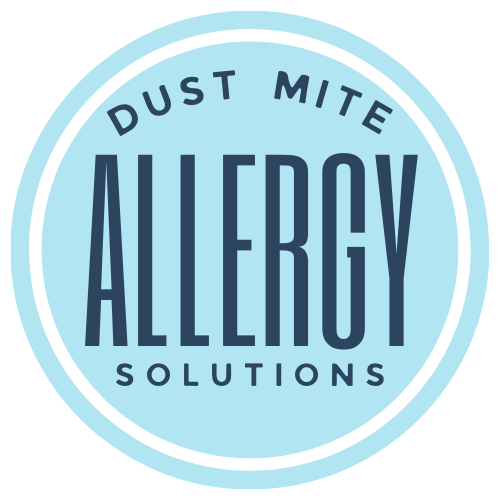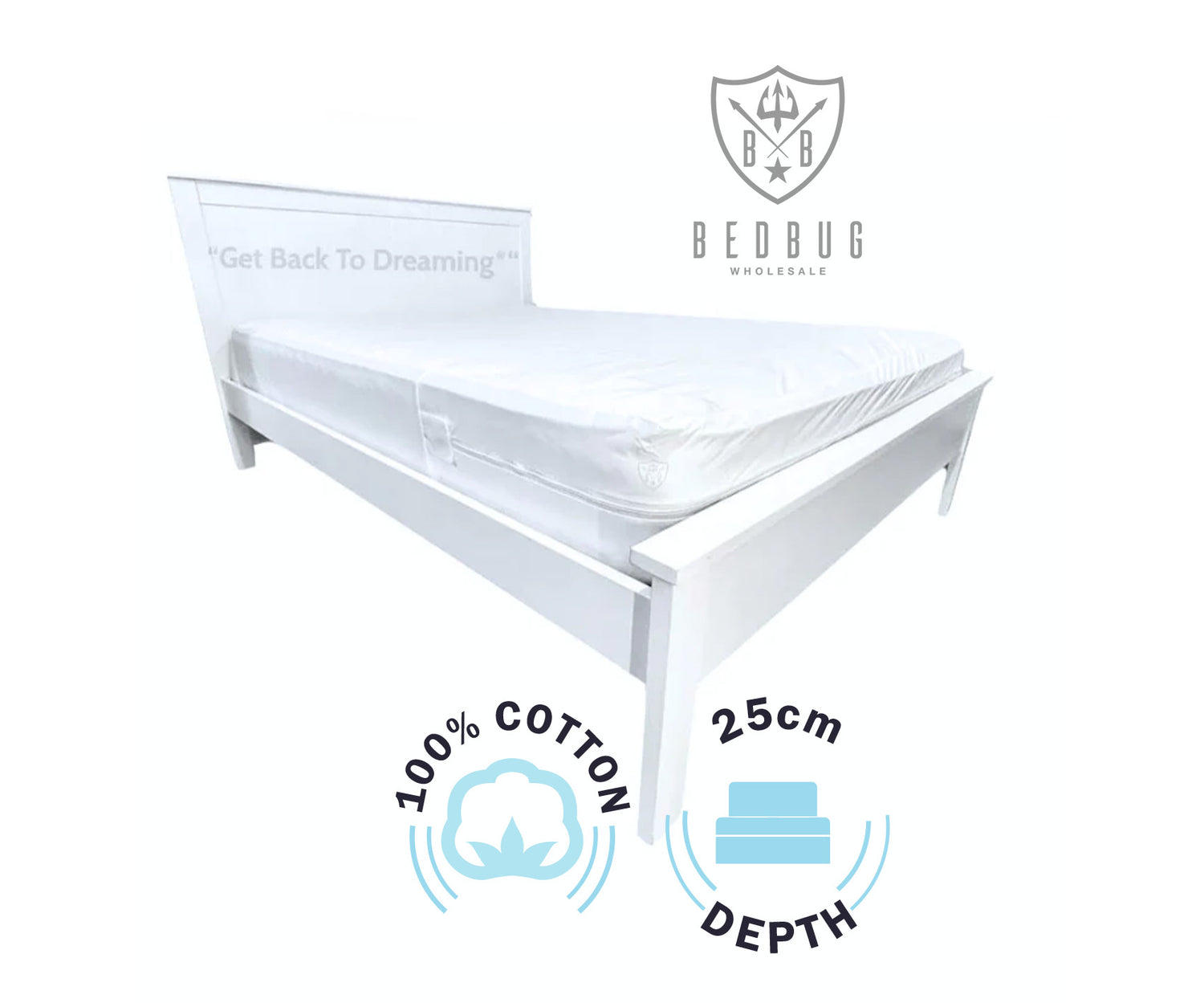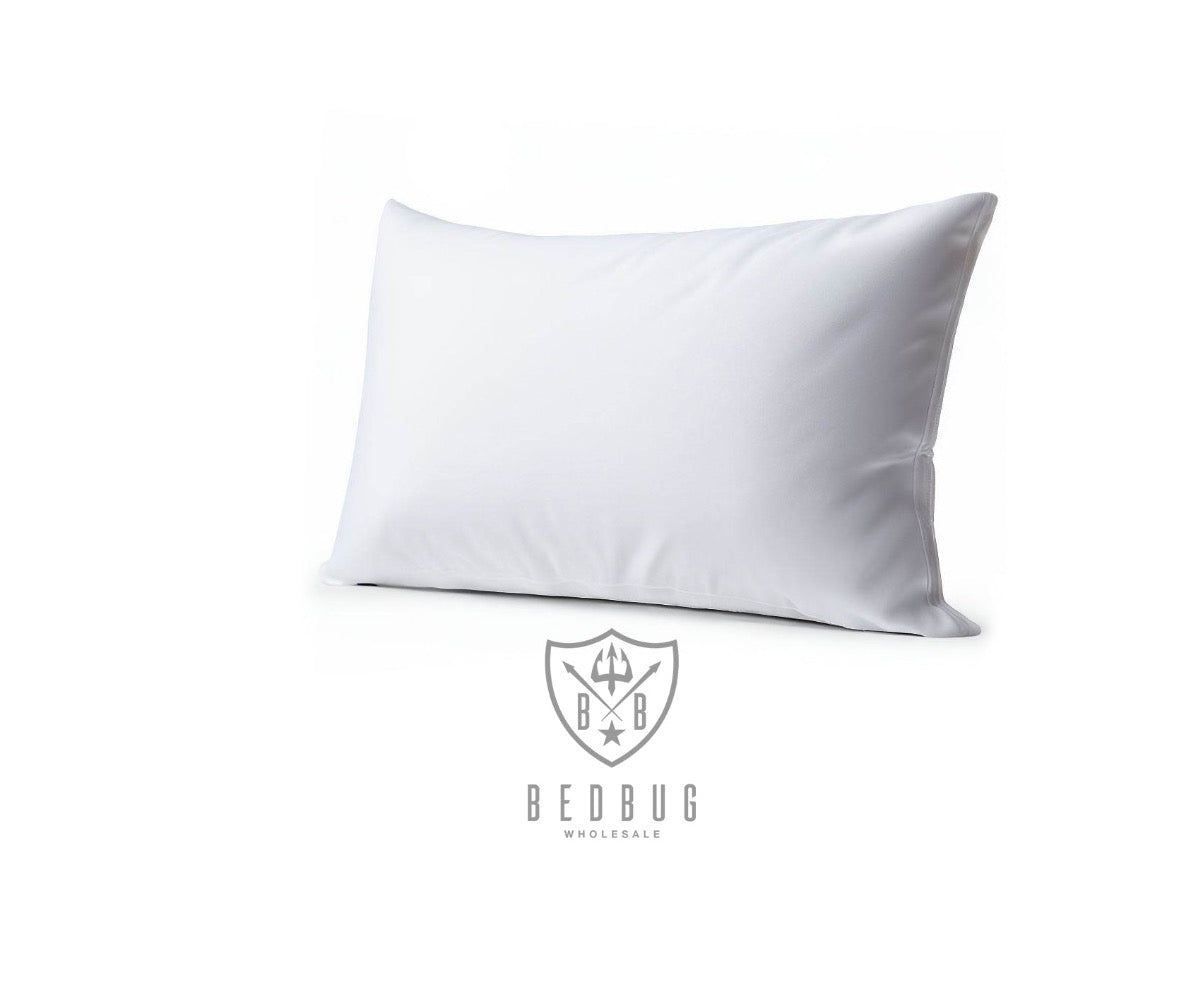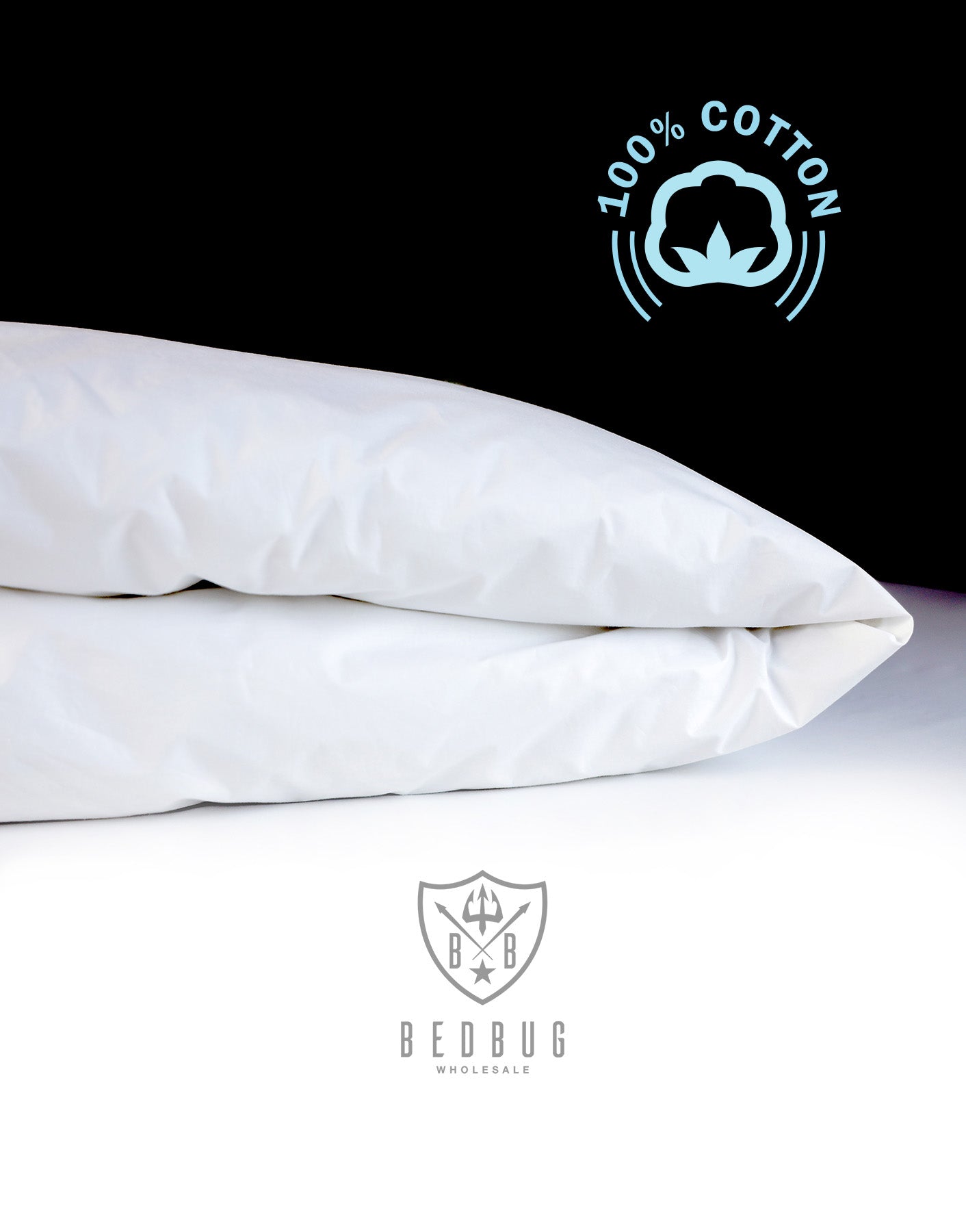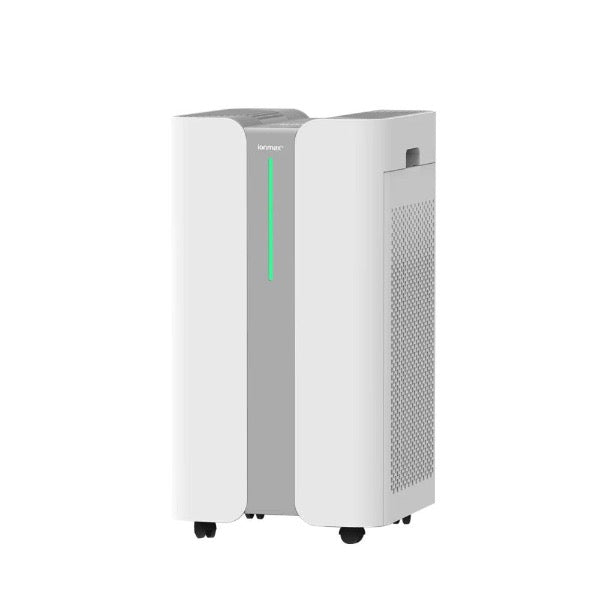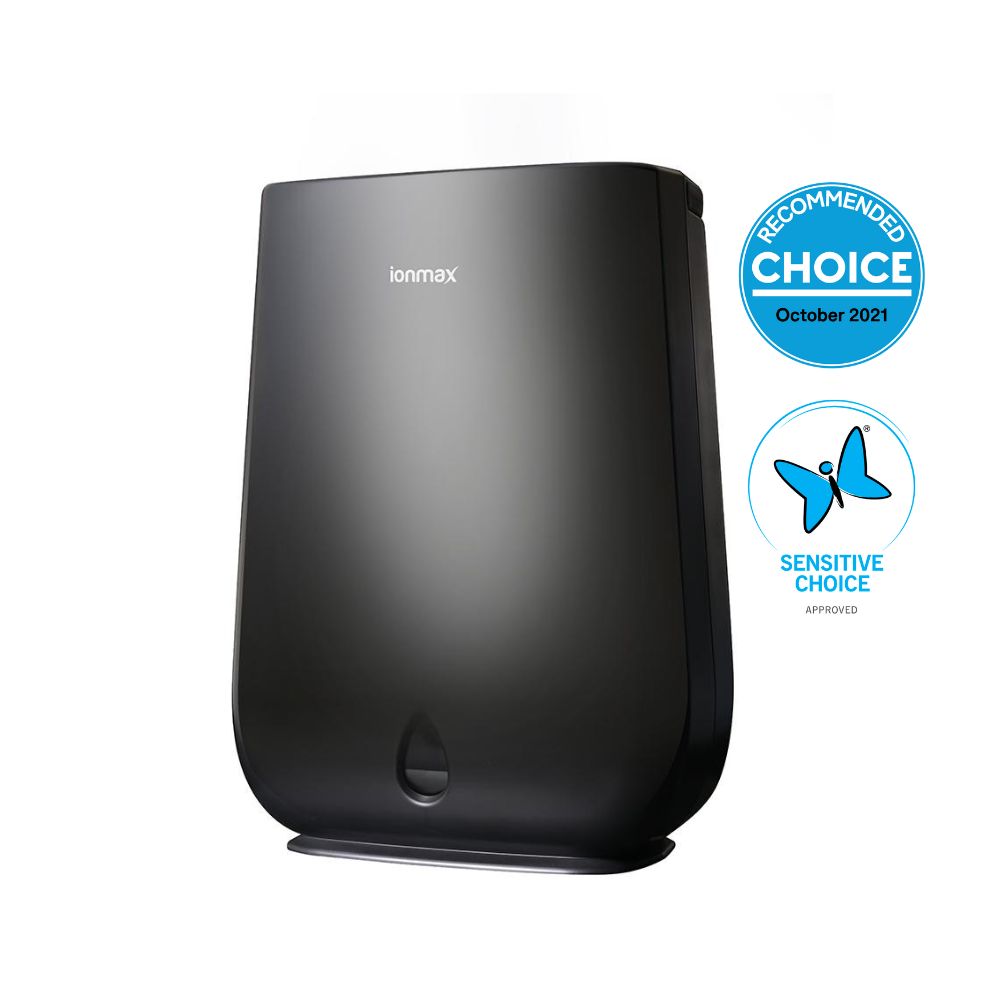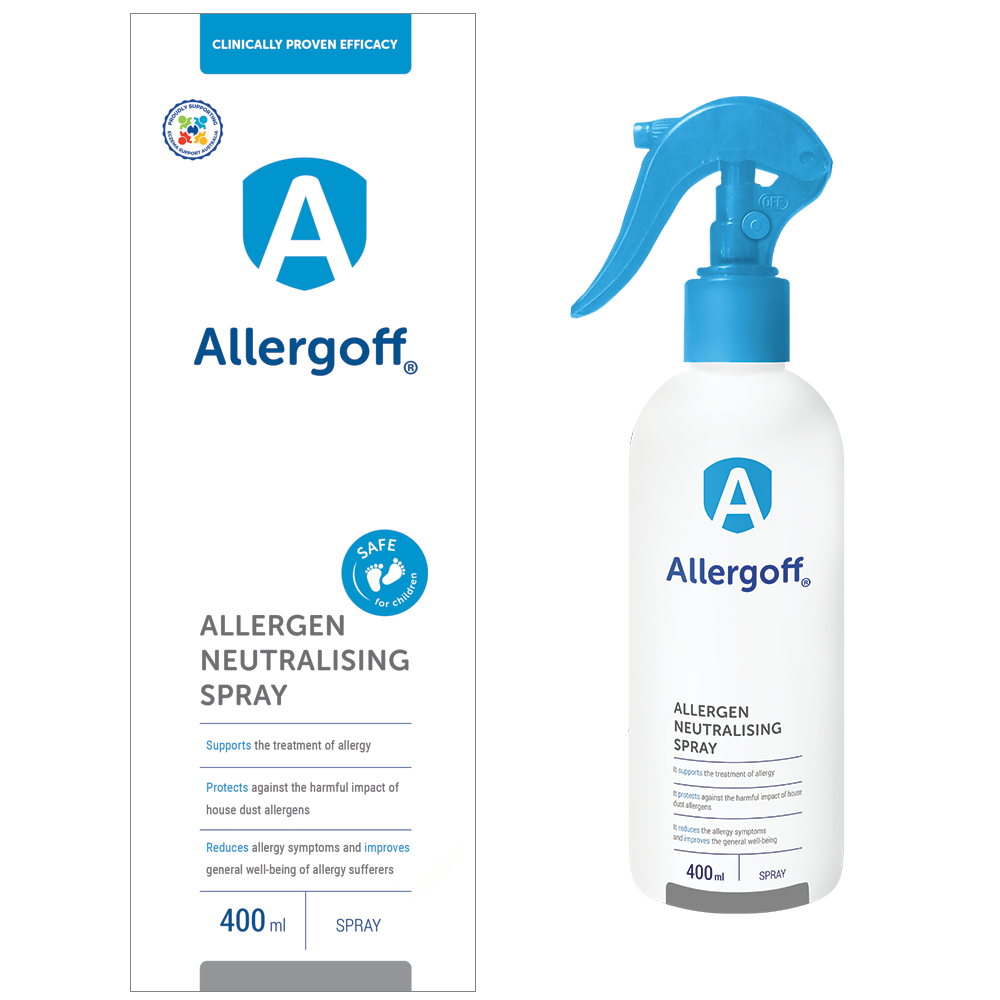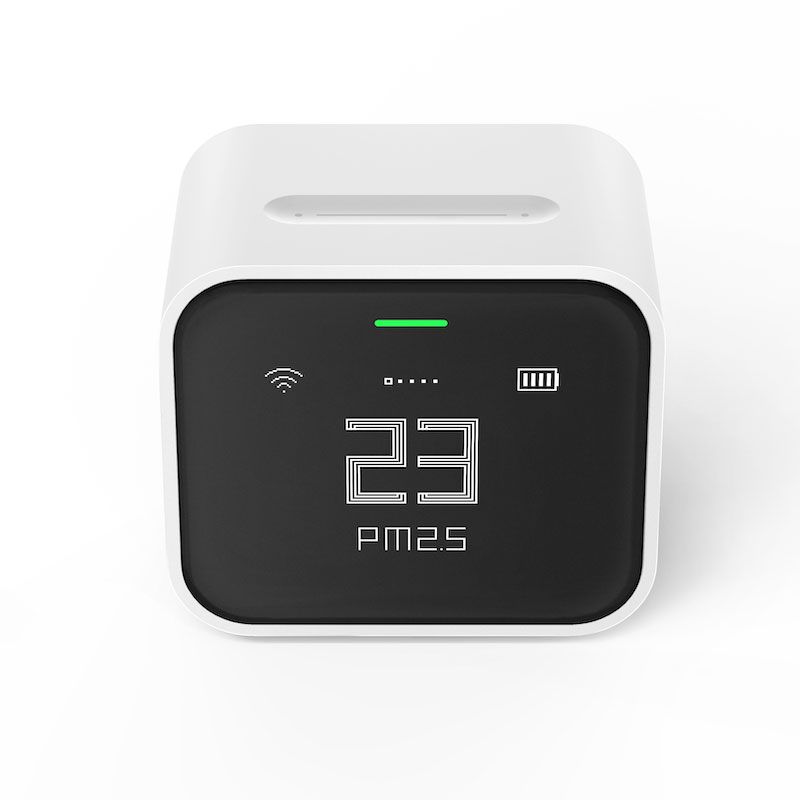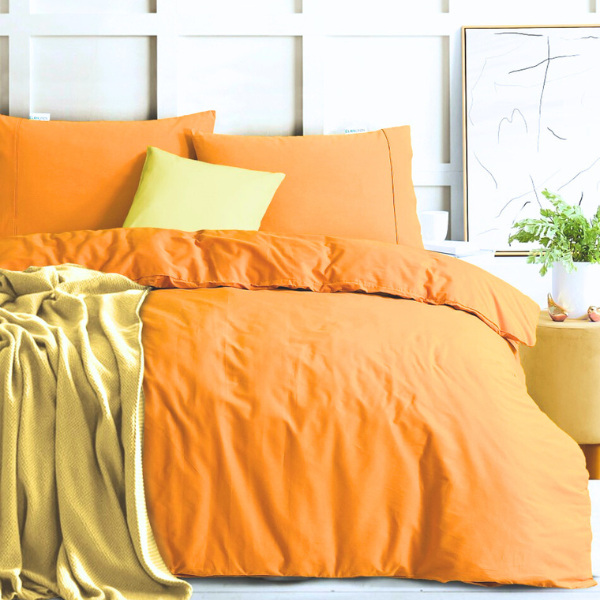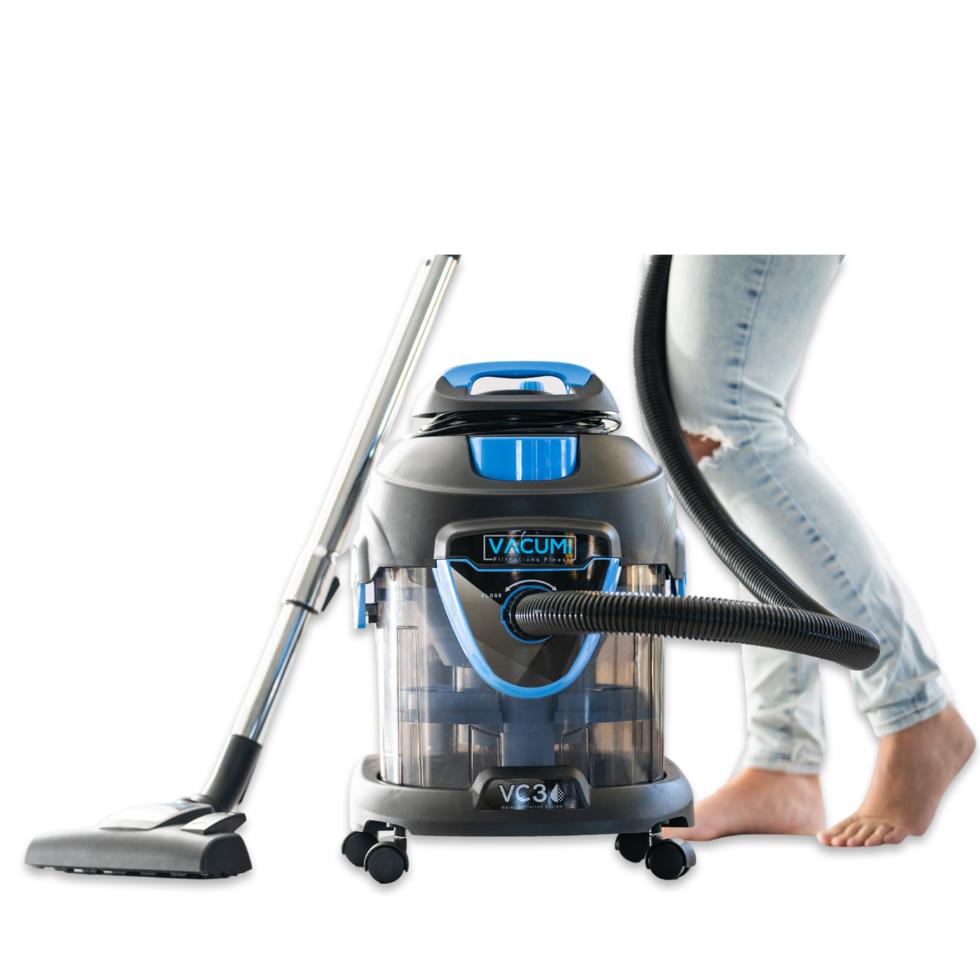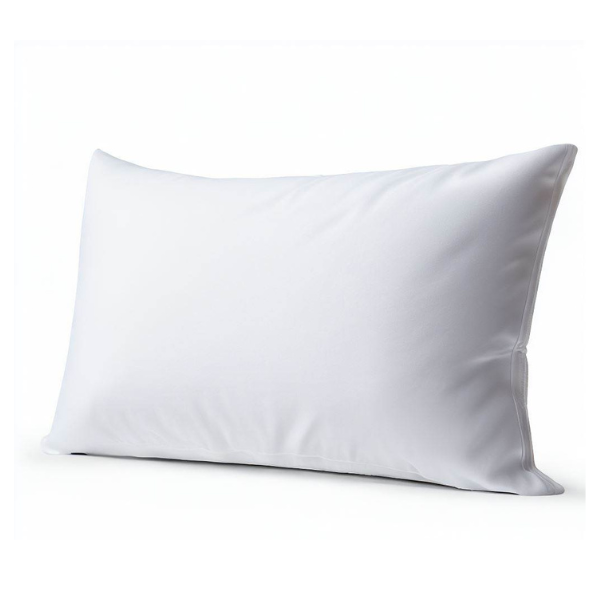Introduction
For millions worldwide, the persistent itch and discomfort of eczema are a daily reality. Often, this chronic skin condition, medically known as atopic dermatitis, doesn't act alone. It frequently coexists with allergies, forming a complex interplay that can exacerbate symptoms and diminish quality of life. At Honey & Stitch, we understand the delicate balance required to manage sensitive skin, and we're here to shed light on this intricate connection and introduce you to natural solutions: bamboo fabric and mulberry silk. This post will delve into the correlation between eczema and allergies, explore the remarkable benefits of bamboo material for sensitive skin, and discuss the unique advantages of mulberry silk for specific items like mittens, providing essential tips for caring for your bamboo and silk clothing to maximize their soothing properties.
Understanding the Eczema-Allergy Link
The relationship between eczema and allergies is well-documented, often referred to as the 'allergic march.' This progression typically begins in infancy with eczema, followed by the development of food allergies, hay fever, and asthma. While not everyone with eczema will develop other allergies, and vice versa, there's a significant overlap. Studies show a positive correlation between parents with atopic dermatitis and seasonal allergies and their children developing similar conditions [4].
The Role of the Skin Barrier
At the heart of this connection lies the skin barrier. In individuals with eczema, the skin barrier is often compromised, meaning it doesn't effectively retain moisture or keep out irritants and allergens. This impaired barrier allows allergens to penetrate the skin more easily, triggering an immune response that leads to inflammation and the characteristic itchy, red rashes of eczema [9].
Common Allergens and Eczema Flares
Various allergens can trigger or worsen eczema symptoms. These include:
- Environmental Allergens: Pollen, dust mites, pet dander, and mold are common culprits. These airborne particles can settle on the skin, especially when the barrier is compromised, leading to flare-ups [1, 2, 11].
- Food Allergens: Food allergies are particularly common in infants with eczema, with studies indicating that around 30% of infants with moderate to severe eczema also have food allergies [6, 8]. Common food triggers include dairy, eggs, peanuts, and soy. While not all food sensitivities cause immediate, life-threatening reactions, they can manifest as skin eruptions in individuals with eczema [5].
- Contact Allergens: Certain substances that come into direct contact with the skin can cause allergic contact dermatitis, which can mimic or exacerbate eczema. These can include fragrances, certain metals (like nickel), dyes, and even some fabrics [12, 13, 14].
The Soothing Power of Bamboo for Sensitive Skin
When it comes to clothing for eczema and allergy sufferers, fabric choice is paramount. Synthetic materials can trap heat and moisture, creating an ideal environment for bacterial growth and irritation. Rough textures can chafe and scratch delicate skin. This is where bamboo fabric emerges as a game-changer, offering a multitude of benefits that make it an ideal choice for those with sensitive or eczema-prone skin.
Hypoallergenic and Gentle
Bamboo fabric is celebrated for its naturally smooth and round fibers, which are inherently gentle against the skin. Unlike some other natural fibers that can have microscopic barbs, bamboo's smooth texture minimizes friction and irritation, making it a sanctuary for sensitive skin [3, 7, 9]. Furthermore, bamboo is naturally hypoallergenic, meaning it's less likely to cause allergic reactions. It resists dust mites and other common allergens, providing a cleaner, safer environment for your skin [10, 11].
Breathable and Temperature-Regulating
One of the key challenges for eczema sufferers is managing body temperature and preventing overheating, which can trigger itching and sweating. Bamboo fabric is exceptionally breathable, allowing air to circulate freely. This natural ventilation helps to keep the skin cool and dry, preventing the build-up of moisture that can lead to irritation and bacterial growth [2, 12].
Moisture-Wicking and Antibacterial
Bamboo's natural moisture-wicking properties draw sweat away from the skin, keeping it dry and comfortable. Additionally, bamboo possesses natural antibacterial and antifungal properties, which help to inhibit the growth of odor-causing bacteria and fungi on the fabric [14].
Sustainable and Eco-Friendly Choice
Beyond its benefits for sensitive skin, bamboo is also an environmentally friendly choice. It's a fast-growing, renewable resource that requires minimal water and no pesticides to cultivate.
Wash and Care Tips for Your Bamboo and Mulberry Silk Clothing
To maintain the integrity and beneficial properties of your bamboo clothing, proper wash and care are essential.
Washing Instructions
- Bamboo Clothing: Machine wash in 40°C (104°F) water on your normal cycle. Use a mild, eco-friendly detergent. Avoid harsh chemicals, bleach, and fabric softeners.
- Mild Detergent: Use an eco-friendly detergent. Avoid detergents with dyes or perfumes [4, 13].
- Wash Separately: To prevent snagging or damage, wash bamboo clothing separately or use a wash bag. Turn garments inside out to protect fibers [7, 11].
Drying Instructions
- Your healthcare professional may advise tumble drying to minimize exposure to airborne pollutants. If using a tumble dryer, select a low heat setting if possible. Otherwise, air dry flat on a clean towel.
General Care Tips
- Avoid Bleach and Fabric Softeners: These degrade bamboo fibers and reduce their benefits.
- Store Properly: Store in a cool, dry place. Avoid hanging heavy items, as bamboo can stretch when wet.
- Spot Cleaning: For small stains, spot clean gently with a mild detergent and 40°C (104°F) water.
Conclusion
The link between eczema and allergies is undeniable. Bamboo fabric, with its hypoallergenic, breathable, and antibacterial properties, offers a natural solution for general clothing. For mittens, 100% mulberry silk provides an ultra-smooth protective layer for delicate skin. At Honey & Stitch, we are committed to providing allergy solutions and eczema relief through thoughtfully designed bamboo clothing and mulberry silk mittens.
The Gentle Touch of Mulberry Silk for Mittens
While bamboo excels for general clothing, certain items like mittens require maximum comfort and protection for sensitive skin. This is where 100% mulberry silk shines.
Why Mulberry Silk for Mittens?
- Ultra-Smooth and Friction-Free: Mulberry silk fibers reduce friction and irritation on sensitive skin.
- Breathable and Hypoallergenic: Naturally breathable and resistant to dust mites.
- Moisture-Regulating: Keeps skin dry and comfortable, helping prevent eczema flare-ups.
References
[1] WebMD. Allergies and Eczema: What's the Link? https://www.webmd.com/skin-problems-and-treatments/eczema/eczema-allergies-link [2] National Eczema Association. Eczema, Atopic Dermatitis and Allergies: What Is The Connection? https://nationaleczema.org/blog/atopic-dermatitis-and-allergies-connection/ [3] NIH News Releases. Scientists identify unique subtype of eczema linked to food allergy. https://www.nih.gov/news-events/news-releases/scientists-identify-unique-subtype-eczema-linked-food-allergy [4] Eczema Council. Eczema and Allergy. https://www.eczemacouncil.org/eczema-and-allergy [5] National Eczema Association. A Dermatologist Explains The Basics of Food Allergies and Eczema. https://nationaleczema.org/blog/eczema-food-allergies/ [6] Allergy.org.au. Eczema and Food Allergy - Fast Facts. https://www.allergy.org.au/patients/fast-facts/eczema-and-food-allergy [7] Eczema.org. Allergy and eczema. https://eczema.org/information-and-advice/triggers-for-eczema/allergy-and-eczema/ [8] PMC. Relationship Between Atopic Dermatitis and Food Allergy in Children. https://pmc.ncbi.nlm.nih.gov/articles/PMC9886409/ [9] Cleveland Clinic. Atopic Dermatitis: Symptoms, Causes & Treatment. https://my.clevelandclinic.org/health/diseases/24299-atopic-dermatitis [10] ACAAI. Eczema | Causes, Symptoms & Treatment. https://acaai.org/allergies/allergic-conditions/skin-allergy/eczema/ [11] Healthline. Allergic Eczema: Causes, Symptoms, and Diagnosis. https://www.healthline.com/health/skin/eczema [12] Yale Medicine. Allergic Contact Dermatitis > Fact Sheets. https://www.yalemedicine.org/conditions/dermatitis [13] Cleveland Clinic. Contact Dermatitis: Symptoms, Causes, Types & Treatments. https://my.clevelandclinic.org/health/diseases/6173-contact-dermatitis [14] Earthly Threads. Bamboo Clothing: Best Fabric for Eczema & Sensitive Skin? https://www.earthlythreads.com/blogs/news/bamboo-clothing-for-eczema-best-fabric-to-soothe-sensitive-skin [15] Biome. Bamboo Fabric: The Truth Behind the Sensitive Skin Hype. https://www.biomestores.com/blogs/eco-home/bamboo-fabric-truth-behind-sensitive-skin-hype [16] Cariloha. Bamboo Apparel. https://www.cariloha.com/apparel/ [17] ON/OFF Essentials. Bamboo Fabric for Sensitive Skin. https://onoffessentials.com/blogs/blog/bamboo-fabric-for-sensitive-skin [18] Bamboo Clothes. Embrace the Softness: The Unique Comfort of Bamboo Clothing. https://www.bambooclothes.com/blogs/blog/embrace-the-softness-the-unique-comfort-of-bamboo-clothing [19] HeyAllergy. Bamboo Sheets Allergy: Are They Really Hypoallergenic? https://www.heyallergy.com/blog/bamboo-sheets-allergy-are-they-really-hypoallergenic [20] The Spruce. How to Wash and Care for Bamboo Clothes and Fabric. https://www.thespruce.com/how-to-wash-bamboo-fabrics-2145798 [21] TEREN. How to Wash Bamboo Clothing: A Complete Guide. https://terendesigns.com/blogs/field-notes/how-to-wash-bamboo-clothing [22] Nest Designs. How to Wash & Care for Your Bamboo Clothing. https://www.nestdesigns.com/blogs/clothing/how-to-wash--care-for-your-bamboo-clothing [23] Freefly Apparel. Does Clothing Made From Bamboo Shrink When Washed? https://freeflyapparel.com/blogs/guide-post/does-bamboo-shrink-when-washed [24] The Sleepy Sloth. How to Wash Bamboo Clothing: A Complete Care Guide. https://thesleepysloth.com/blogs/news/how-to-wash-bamboo-clothing [25] The Spruce. How to Wash Silk. https://www.thespruce.com/how-to-wash-silk-fabrics-2145799 [26] National Eczema Association. Eczema and Clothing. https://nationaleczema.org/eczema-clothing/
